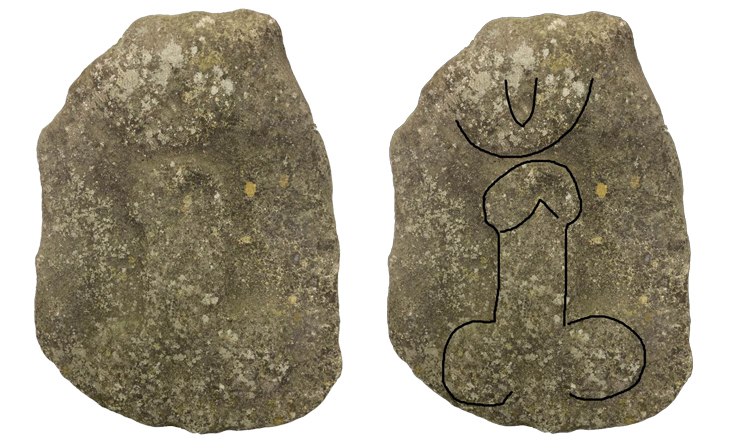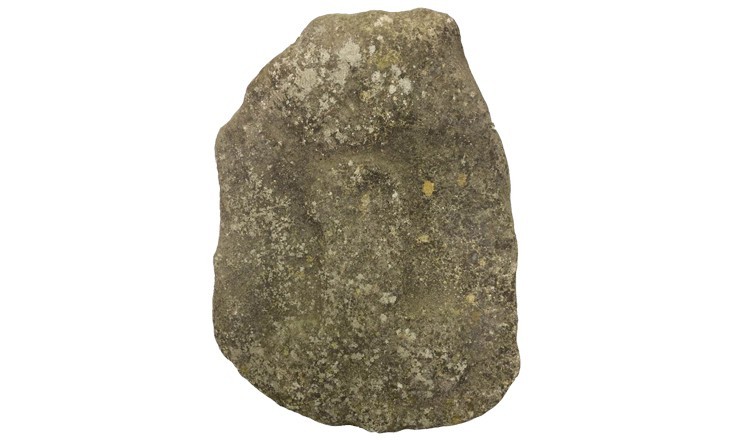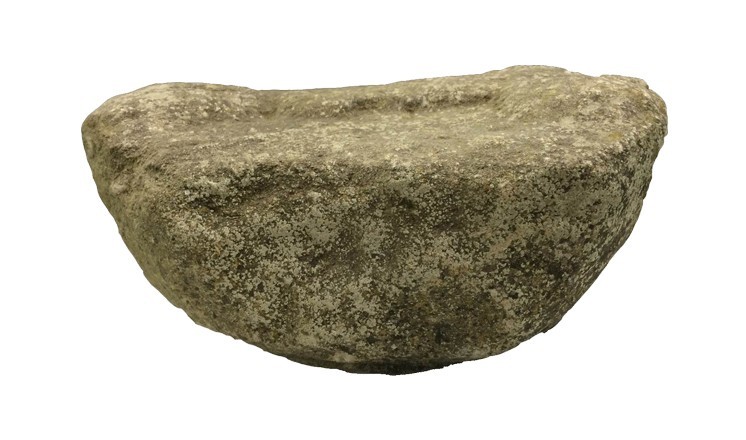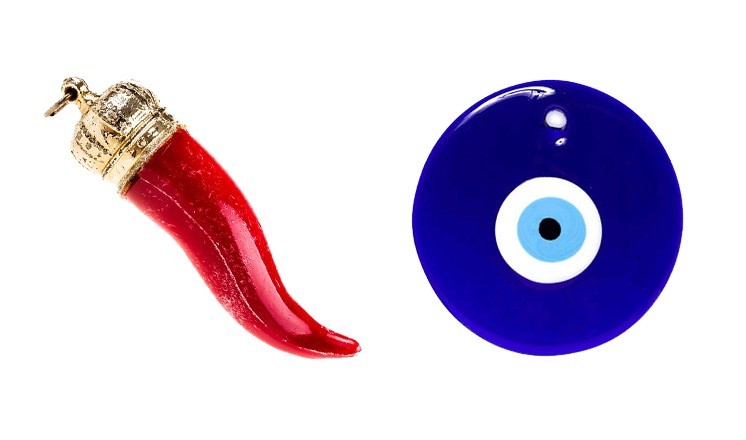New Roman phallic carving donated to the museum
RSS FeedThe Roman obsession with phallic imagery (and its a prevalent enough theme in Roman art and archaeology to be considered an obsession!) has been something that has intrigued audiences since the ancient world began to be rediscovered during the Renaissance. Attitudes towards the multitude of stone carvings, pendants, bells, lamps, ceramics vessels etc that bear phallic imagery tend to very much reflect the society that is viewing them. Perhaps most famously, the discoveries of this nature at Pompeii led to the creation of the 'Gabinetto Segreto' - the 'secret cabinet' where all the objects with a sexual theme were gathered together under lock and key on the orders of King Francis I in 1819, only to be accessed by gentlemen scholars who would be immune from the effects of its corrupting contents.
Nowadays our attitude to such material has changed (the Secret Cabinet is open daily as part of the Naples Archaeology Museum, and the last time I visited it was alongside a group of nuns!), and, more importantly, so has our understanding of how such imagery was used and interpreted in the ancient world. Although pornographic imagery clearly existed, phallic imagery was not intended for this purpose. Instead, it was considered 'apotropaic' - the phallus was a symbol both of protection and of promoting good fortune, and therefore was an entirely appropriate image to wear as jewellery or to carve on a city wall or important building, even to hang around your newborn baby's neck.
Such imagery is well known from Britain and from Lincolnshire. The museum collections and archaeological displays already contain examples of phallic bone and copper alloy pendants, a greyware ceramic spout and even a carving from Long Bennington of a man riding a winged phallus. The monumental Roman city walls at Lincoln had at least one phallic carving on them and probably more, adding a spiritual dimension to the physical protection offered by the stones of the wall.
Our new acquisition is a carving from Braceby, found in c.1995 and consisting of a large piece of limestone, 392mm long x 283mm wide x 154mm deep, roughly cut and probably originally inserted into the wall of a building. The carving on the face is in relief, and consists of an erect phallus pointing upwards towards a shape above, clearly the focus of the phallus' attention, and which might represent either a vagina or an 'evil eye'. The 'evil eye', a symbol of unspecified fear and threat, was one of the things the phallus warded against and often appeared alongside phallic imagery in Roman art. If the phallus here is interpreted as an apotropaic symbol rather than a merely sexual reference then the eye seems the more likely interpretation, and phalluses directly pointing to (and sometimes even attacking) eyes are known in the Roman world.

Although the idea of depictions of phalluses and 'evil eyes' may seem strange to us, the practice has carried on down to the modern day. Souvenir shops in Naples are resplendent with 'cornu', long red pendants often equated with peppers to appease modern tourists, but clearly more related to ancient phallic imagery. Their modern function, to avert bad luck in a new home, is a direct continuation of their ancient predecessors. Similarly glass 'evil eyes' can be found across the Mediterranean, hung on buildings to avert bad luck.
Phallic imagery therefore provides us with a fascinating insight into ancient Roman belief - and 'fascinating' is the right word, as our modern word evolves directly from the Roman word for the divine phallus, 'fascinus', literally meaning to magically transfix something and hold it in place.
The Collection would like to thank the donors of this significant find for their generosity.
Comments
There aren’t any comments for this blog yet




